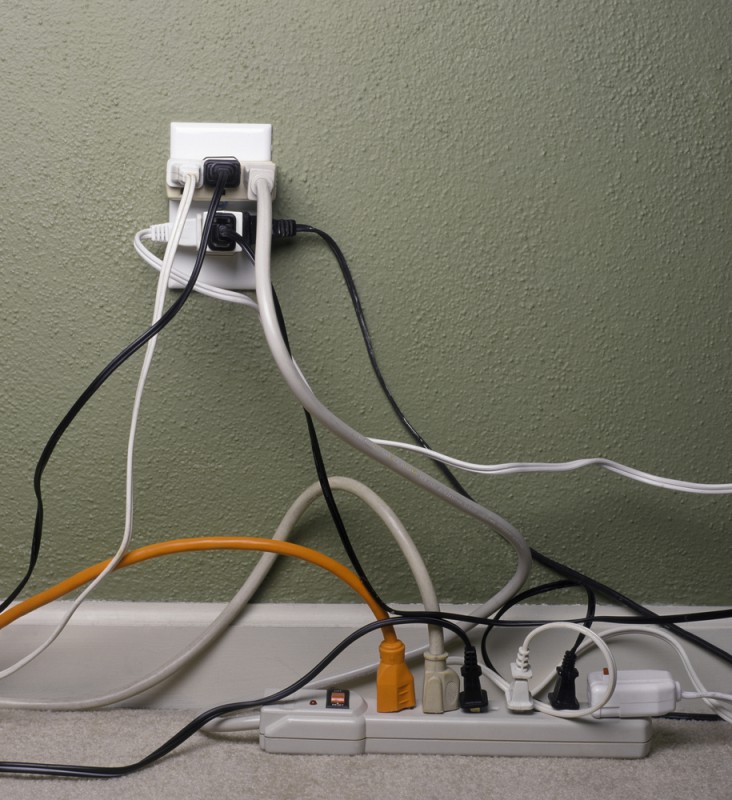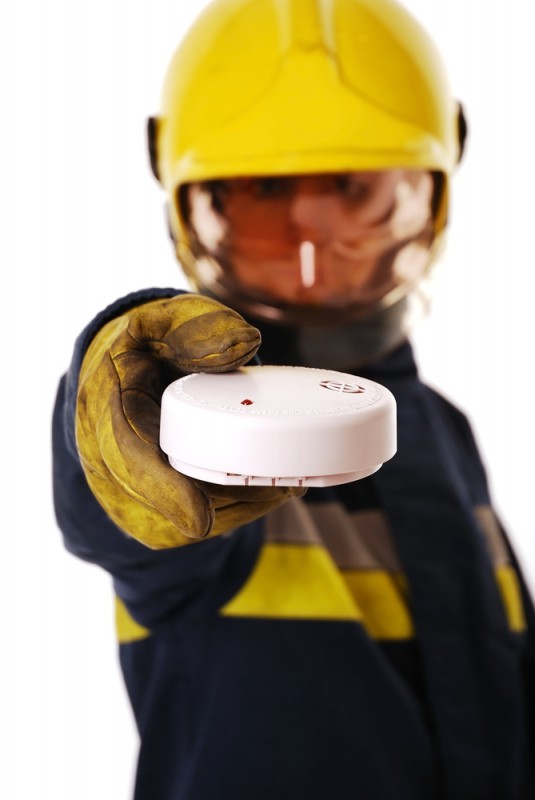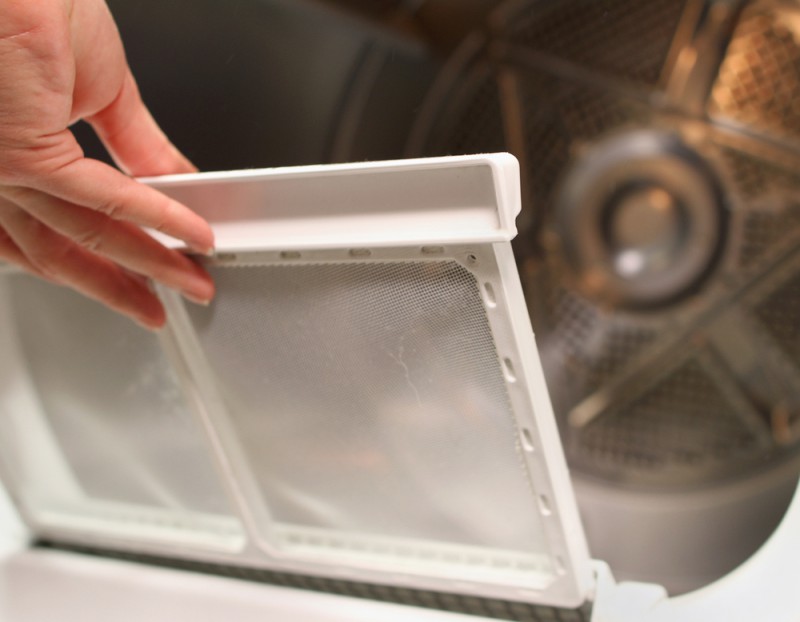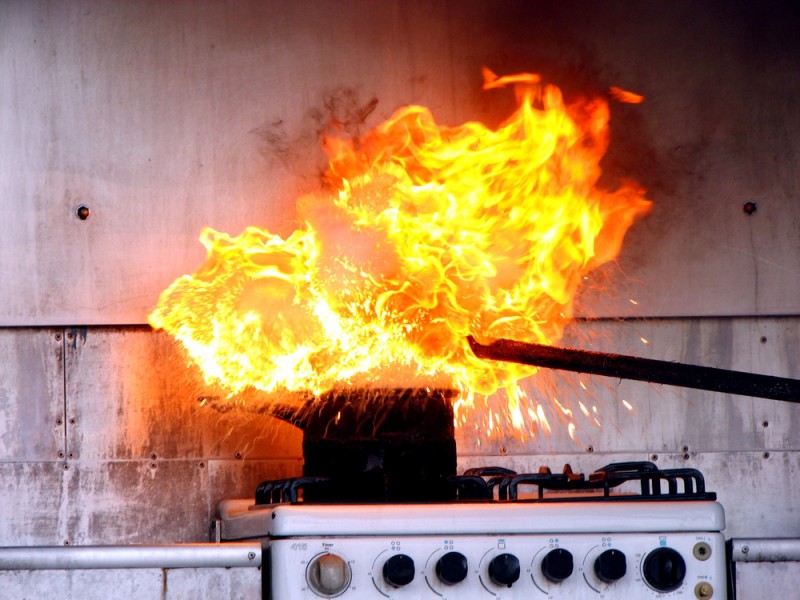Fire Prevention Must Start with YOU, a plan, and common sense.
This is National Fire Prevention Week – and it is still important to remember all the tips to help keep you and your loved ones safe from fire – and what to do it something happens. All of these tips are courtesy of the National Fire Protection Association (NFPA)
- Keep anything that can burn at least three-feet away from heating equipment, like the furnace, fireplace, wood stove, or portable space heater.
- Have a three-foot “kid-free zone” around open fires and space heaters.
- Never use your oven to heat your home.
- Have a qualified professional install stationary space heating equipment, water heaters or central heating equipment according to local codes and manufacturer’s instructions.
- Have heating equipment and chimneys cleaned and inspected every year by a qualified professional.
- Remember to turn portable heaters off when leaving the room or going to bed.
- Always use the right kind of fuel, specified by the manufacturer, for fuel burning space heaters.
- Make sure the fireplace has a sturdy screen to stop sparks from flying into the room.
- Ashes should be cool before putting them in a metal container. Keep the container a safe distance away from your home.
- Test smoke alarms monthly.
- Install wood burning stoves following manufacturer’s instructions or have a professional do the installation.
- All fuel-burning equipment should be vented to the outside to avoid carbon monoxide (CO) poisoning.
- Install and maintain CO alarms to avoid the risk of CO poisoning.
- If you smell gas in your gas heater, do not light the appliance. Leave the home immediately and call your local fire department or gas company.
- Make a home escape plan. Draw a map of your home showing all doors and windows. Discuss the plan with everyone in your home.

Having an escape plan isn’t enough unless you’re going to practice it. According to NFPA, only one of every three American Households have actually developed and practiced a home fire escape plan. - Know at least two ways out of every room, if possible. Make sure all doors and windows leading outside open easily.
- Have an outside meeting place (like a tree, mailbox, or light pole) a safe distance from the house where everyone should meet.
- Practice your home fire drill at night and during the day with everyone in your home, twice a year.
- Practice using different ways out.
- Teach children how to escape on their own in case you can’t help them.
- Close doors behind you as you leave.
- If the smoke alarm sounds, GET OUT AND STAY OUT. Never go back inside for people or pets.
- If you have to escape through smoke, GET LOW and GO under the smoke to your way out.
- CALL the fire department from outside your home.
- Blow out all candles when you leave the room or go to bed.
- Avoid use of candles in bedrooms and other area where people may fall asleep.
- Keep candles at least 12 inches away from anything that can burn.
- Think about investing in flameless candles – they look and smell like real candles.
- Use candle holders that are sturdy, and won’t tip easily.
- Put candle holders on a sturdy, uncluttered surface.
- Light candles carefully. Keep your hair and any loose clothing away from the flame.
- Don’t burn a candle all the way down – put it out before it get too close to the container.
- Never use a candle if oxygen is used in the home.
- Have flashlights and battery-powered lighting ready to use during power outage. Never use candles.
- Never leave a child alone in a room with a burning candle.
- Keep matches and lighters up high and out of children’s reach, in a locked cabinet.
- Have all electrical work done by a qualified electrician.
- Only plug in one heat-producing appliance (coffee maker, toaster, space heater) into a receptacle outlet at a time.
- Major appliances should be plugged directly into a wall receptacle outlet. Extension cords and plug strips should not be used.
- Arc fault circuit interrupters (AFCIs) are kind of circuit breaker that shuts off electricity when a dangerous condition occurs. Consider having them installed in your home by a qualified electrician.
- Use ground fault circuit interrupters (GFCIs) to reduce the risk of shock. GFCIs shut off an electrical circuit when it becomes a shock hazard. They should be installed inside the home in bathrooms, kitchens, garages, and basements.
- All outdoor receptacles should be GFCI protected.
- Test AFCLs and GFCIs once a month to make sure they are working properly.
- Check electrical cords to make sure they are not running across doorways or under carpets.
- Extension cords are intended for temporary use. Have a qualified electrician add more receptacle outlets so you don’t have to use extension cords.

There is a right way and a wrong way for most things – and this is the WRONG thing to do to get the power you need. Instead invest in a licensed, professional electrician to add outlets where you need them. - Use light bulbs that match the recommended wattage on the lamp or fixture. There should be a sticker that indicates the maximum wattage light bulb to use.
- Call a qualified electrician or your property manager if you have problems with blowing fuses or circuit breakers.
- Call a pro if you feel a tingling feeling when you touch an electrical appliance.
- Call a pro if you see or notice discolored or warm wall outlets.
- Call a pro if you smell burning or rubbery smell coming from an appliance.
- Call a pro if you see flickering or dimming lights.
- Call a pro if you see sparks from out outlet.
- 9-volt batteries can be dangerous. The positive and negative posts are close together. If a metal object touches the two posts of a 9-volt battery, it can cause a short circuit and could start a fire.
- It is unsafe to store loose 9-volt batteries in a drawer near other materials – this could spark a fire.
- Store 9-volt batteries in the original packaging until you are ready to use them.
- If loose, keep 9-volt posts covered with electrical tape to prevent the posts from coming in contact with metal objects.
- Weak batteries may have enough charge to cause a fire. Some fires have started in the trash when 9-volt batteries were thrown away with other items.
- Store all batteries standing up.
- Install smoke alarms inside and outside each bedroom and sleeping area. Install alarms on every level of your home.
- Large homes may need extra smoke alarms.
- It is best to use interconnected smoke alarms. When one smoke alarm sounds they all sound.
- Test all smoke alarms at least once a month. Press the test button to be sure the alarm is working.
- There are two kinds of alarms. Ionization smoke alarms are quicker to warn about flaming fires. Photoelectric alarms are quicker to warn about smoldering fires. It’s best to use both type of alarms in the home.
- A smoke alarm should be on the ceiling or high on a wall.
- Keep smoke alarms away from the kitchen to reduce false alarms. They should be at least 10 feet from the stove.
- Replace all smoke alarms when they are 10 years old.

Working smoke alarms are one of the BEST ways to ensure you stay alive if a fire breaks out in your home. - Have your dryer installed and serviced by a professional.
- Do not use a dryer without a lint filter.

Cleaning out the lint trap regularly will prevent fires and help dry your clothes faster - Make sure you clean the link filter before or after each load of laundry. Remove lint that had collected around the drum.
- Rigid or flexible metal venting material should be used to sustain proper air flow and drying time.
- Make sure the air exhaust vent pipe is not restricted and the outdoor vent flap will open the the dryer is operating.
- At least once a year clean out lint our of the vent pipe or have a dryer lint removal service do it for you.
- Keep dryers in good working order.
- Gas dryers should be inspected by a qualified professional to make sure that the gas line and connection are intact and free of leaks.
- Follow the manufacturer’s operating instructions and don’t overload your dryer.
- Turn the dryer off if you leave home or when you go to bed.
- During the winter check the outdoor vent flap to make sure it is not covered by snow.
- Keep the area around your dryer clear of things that can burn, like boxes, cleaning supplies, and clothing.
- Clothes that have come into contact with flammable substances, like gasoline, paint thinner, or similar solvents should be laid outside to dry, then can be washed and dried as usual.
- Half of home heating fires are reported during the months of December, January, and February.
- According to an NFPA survey, only one of every three Americans have actually developed and practices a home fire escape plan.
- While 71% of Americans have an escape plan in case of a fire, only 47% of those have practiced it.
- One-third of American household believe that they would have 6 minutes before a fire would become life-threatening. The time available is often less.
- Only 8% of Americans surveys said their first thought on hearing a smoke alarm would be to get out.
- December is the peak time of year for home candle fires.
- Roughly one-third of home candle fires start in the bedroom.
- More than half of all candle fires start when things that can burn are too close to the candle.
- Smoke alarms should be installed inside every bedroom, outside each sleeping area and on every level.
- Roughly 2 out of 3 fires deaths happen in homes with no smoke alarms or the alarms are not working.
- The leading cause of home clothes dryer fires is failure to clean them.
- Stay in the kitchen while you are frying, grilling, or broiling food. If you leave the kitchen for even a short period of time, turn off the stove.
- If you are simmering, baking, roasting, or boiling food, check it regularly, remain in the home while food is cooking, and use a timer to remind you that you are cooking.
- Keep anything that can catch on fire – oven mitts, wooden utensils, food packaging, towels or curtains – away from your stovetop.

The leading cause of kitchen fires is unattended cooking – according to the NFPA - Keep a lid nearby when you’re cooking to smother small grease fires. Smother the fire by sliding the lids over the pan and turn off the stovetop. Leave the pan covered until it is completely cooled.
- For an oven fire turn off the heat and keep the door closed.
- The leading cause of fires in the kitchen is unattended cooking.
- Most cooking fires in the home involve the stovetop.
- Be on alert! If you are sleepy or have consumed alcohol don’t use the stove or stovetop.
- Have a “kid-free zone” in the kitchen when preparing hot drinks or using the stove.
- If you have a fire and can’t contain it – GET OUT! Call 9-1-1 once you’re safely outside.
